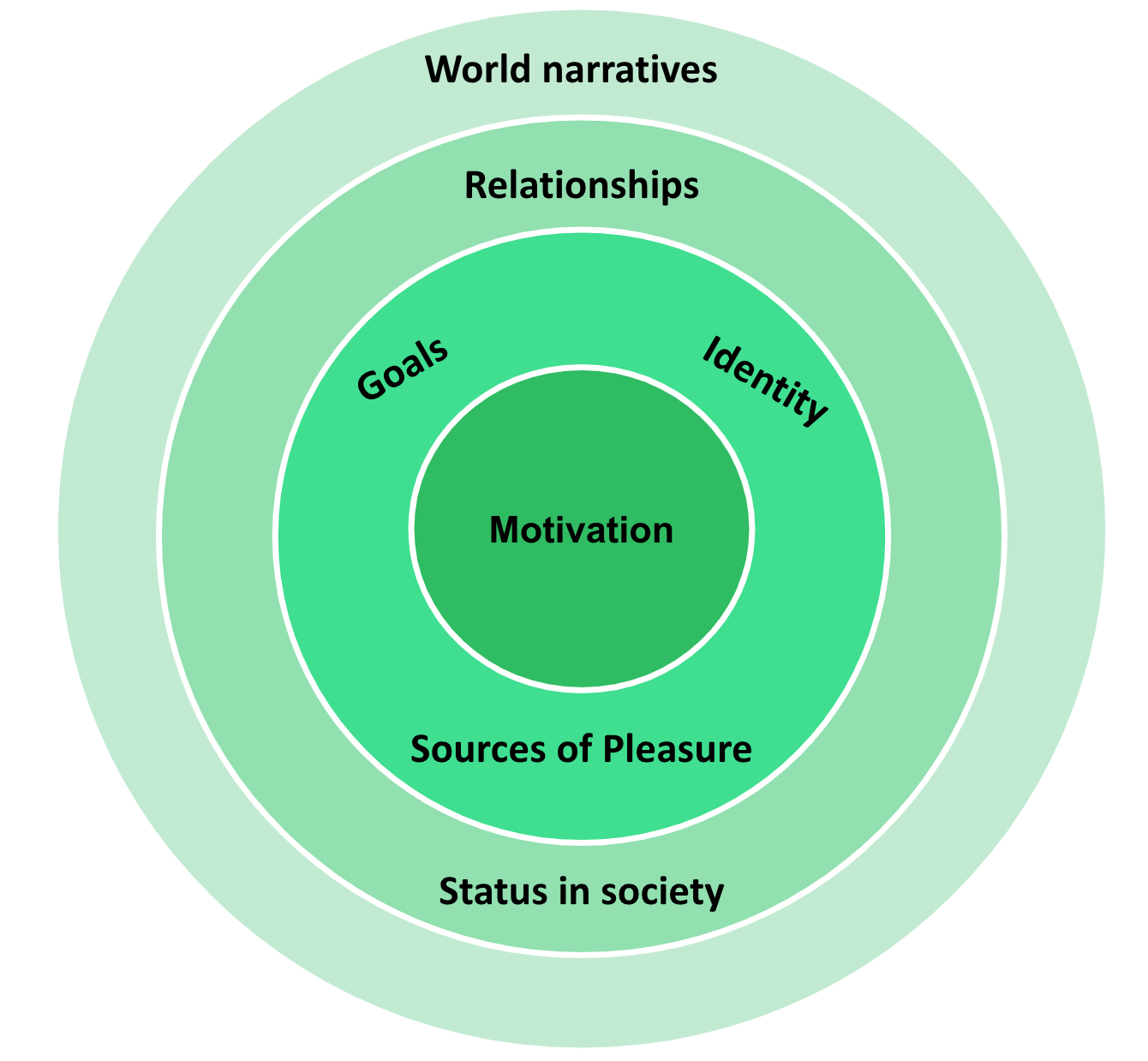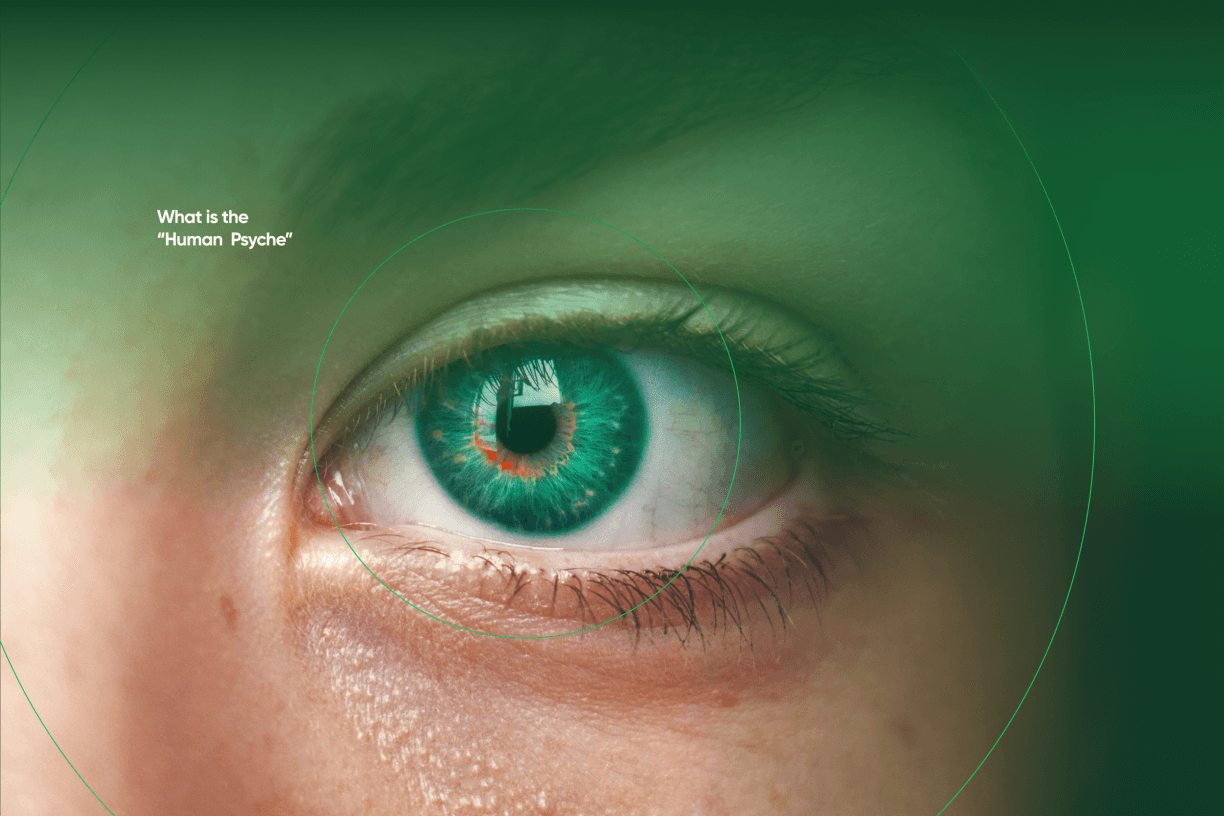“Avi - go spend the day building a program to support their mindsets, goals and behaviors. Show me what you have by the end of the day.”
He says this in his jovial Aussie tone. He was my Engagement Manager.
“What’s all that mean? What’s the difference between mindsets, goals, and behaviors really?”
Is it all just management jargon, or worse, Freudian pseudo-science?
***
In my second job, I was a strategy consultant with McKinsey in London. My third project was intriguing: our team was commissioned by the National College for School Leadership in the UK: a quango to guide the development of Education Leaders, founded by Michael Barber - one of Tony Blair’s top team.
We needed to build a training program for the Directors of Children’s Services across the UK.
The UK was divided into 150 boroughs - units of local government responsible for about 300,000 people each. Each borough’s government had a DCS (Director of Children’s Services) responsible for Education and Social Services of all Children of the borough.
I spent my day figuring out how to parse and structure all these elements for how we describe the human mind, or the mind's unique personality.
I didn’t do a very good job.
Somehow I muddled through it, and had an outcome that was passable but lacking the depth it deserved.
More than a decade later, I’ve spent my years building tech products for consumers in the UK, in India and in the USA. Finding a framework to answer this question has been immensely relevant.
***
Bright builds consumer technology.
We are a team of 200 Bright-ones based across the world: North America, India and Europe.
Today, we are building consumer products for consumers in America: specifically middle-income consumers. Soon, we will be building products for consumers across the world.
Because we are remote from many of our users, it has been vital for us to use all methods available to understand our users. Ultimately, we must keep building better financial products than Banks have today.
We are data analysts and data scientists by background.
This is why as a company: our heartbeat hums with big data.
But all the data in the world is meaningless if you are not guided by theory and structure through which to interpret data: theory must always drive new knowledge.
- An aside: Famously, Einstein had to theorize Special relativity, long before we collected the data that was decisive proof. One frequent attack on Psychology is that it can never attain the scientific status of Physics due to the non-falsifiability of its conjecture (Karl Popper’s tests of true science). Though, this will change. Advances in neuroscience measurement, alongside Deep Learning modeling, will together be game-changers for Psychology (separate discussion).
So, here is a framework for understanding the human mind, often referred to as “the human psyche”. Most people find this a vague, even nebulous term. We will define it.
You can see the human psyche as 7 distinct elements. To really understand a person - to understand your user - you want to know their perspective in each of these 7 areas.
Let’s cover them.

1. Motivations: what intrinsically drives the person
What are the potential motivations:
- Wealth
- Family / Procreation
- Status
- Knowledge / Skill - as intrinsic worth
- Or, someone operating without clear agency
2. Goals: what explicit goals does the person set in their life
What are the potential goals:
- Financial
- Familial
- Professional
- Hedonistic
- Knowledge
- Or, someone operating without clear agency
3. Sources of pleasure: how does the individual get pleasure (“dopamine”)
What are the potential sources of pleasure:
- Achievement / Purpose based
- Gambling
- Family / Community / Romantic love
- Entertainment / Fun
- Sex
- Knowledge
- Daily pleasures: food, drink, exercise
- Or, pain and destructive-base pleasure (the masochist).
4. Identity: what are relevant sources to anchor self-identity
What are the sources of self-identity:
- Nation
- Community / Language
- Class
- Professional
- Education
- Intellect / ability
- Success
- Wealth
- Or, philosophical isolation - the stoic (in Greek philosophy) or the Sannyasi (in Hinduism).
5. Status: what drives a sense of self-worth
What are the sources of self-worth:
- Wealth level
- Class level
- Community standing
- Professional
- Intellectual
- Political
- Or negative self-worth, such as existential angst.
6. Relationships: what relationships add meaning to a person’s life
What are the types of relationships:
- Family
- Community
- Nation
- Romantic
- Or, lone-wolf mentality.
7. Working of the world: “World narratives”: what are narratives, or mental models, the person develops to explain how the world works
What are the themes of potential narratives:
- Religion / God-based narratives
- Meritocratic / skill-based narratives
- Conspiratorial narratives
- Class-based narratives
- Money-based narratives
- Geopolitical-narratives
- Ethnicity/Race based narratives
- Intellect / Elite based narratives
- Scientific / materialist narratives
- Or, agnostic to this.
These 7 elements provide a framework for understanding any user.
Acquiring and analyzing data for each is how we fundamentally understand our users.
How we ensure we are always building better products for our users.



